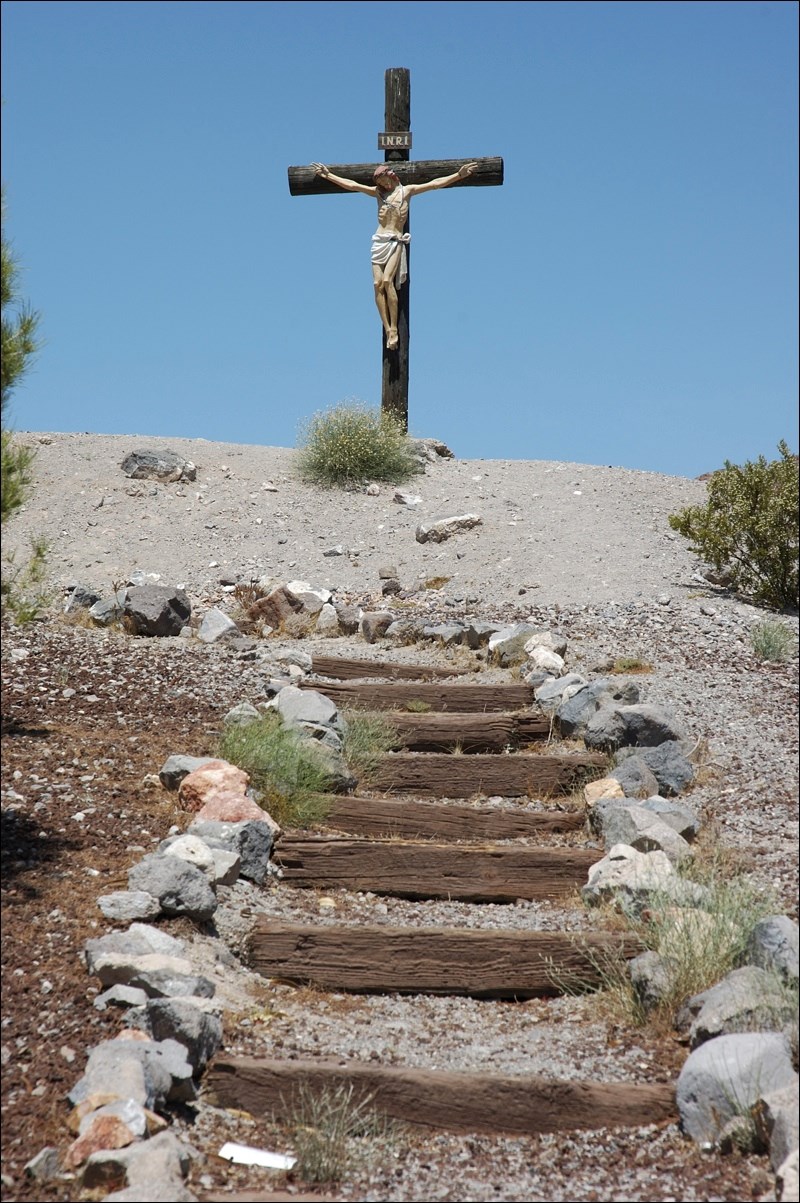In the Ukrainian Orthodox faith, the final week before we observe the Resurrection of Jesus Christ is known as Holy Week, or Passion Week. These are the holiest days of the year.
The final week of Jesus’ life before His crucifixion was spent in or near the city of Jerusalem. He entered the city riding on a donkey and was hailed by many people.
Jesus was betrayed by one of His disciples, arrested and put on trial. He was then forced to carry the cross for His crucifixion through the streets of Jerusalem. He was crucified and laid in a tomb just outside of the city gates.
For Orthodox Christians, today, Holy Friday, is a great day of sorrow. On this date, late in the afternoon, we hold one of the most beautiful services of the year.
At this service a replica of Christ’s burial shroud is prepared in the centre of the church. Then the Holy Shroud, called a Plashchanytsia, is carried around the church and placed before the ambon, symbolizing the tomb.
The Plashchanytsia is a rectangular piece of stiffened cloth with the image of the Body of Christ laid out for burial. The symbolic shroud is generally decorated with flowers and candles. At the conclusion of the Vesper Service, the worshippers come forward to venerate the Shroud of Christ.
Beautiful service
If your family goes to church very early on Easter morning, you will witness one more beautiful worship service. With the ringing of the church bells, the Paschal Matins begin.
The Royal Doors of the iconostas, or icon screen, open and the clergy emerge in brilliant vestiments carrying censers and candles. If the weather is favourable, the clergy and the faithful will walk in a procession outside around the church. Temporarily, the church is emptied and the entrance doors are closed, representing the closed tomb of Christ.
Singing the processional hymn, the congregation circles the church three times. This symbolizes the journey of the myrrh-bearing women – Mary Magdalene, Salome and Mary Cleophas – to the tomb of Christ in the early hours of the morning to anoint His body. After circling the church, the procession stops outside the closed doors of the empty church.
At the door the priest knocks three times on the church door. He then chants the Paschal hymn that Christ is risen from the dead, trampling down death by death giving life to those in the tombs. He turns and greets the people with the traditional words “Christ is Risen!” The people respond with “He is risen indeed!”
The church bells ring, and the worshippers re-enter the church and the glorious Paschal Matins and Divine Liturgy begin.
One colourful Easter custom in Ukrainian tradition is the blessing of Easter baskets.
Each family prepares a basket with Paschal foods. The traditional foods are the paska bread, boiled eggs, ham, sausage, cheese, butter, salt and usually some type if bitter roots like beets with horseradish. These are traditional items that have symbolic meaning.
After these foods are blessed, the family will eat these foods for the Easter breakfast. It has become popular in Canada to add other items to the basket of foods. A lighted candle is placed in each basket. These baskets represent a humble offering brought to the Resurrected Christ.
After the blessing by the priest, the baskets are taken home where the families gather for the morning meal. This day that Jesus rose to life after His death on the cross is the greatest feast day of the year.
(For information on this Sunday’s traditional Easter service at Flin Flon’s Ukrainian Orthodox Church, please see the ad on pg. 13).
– Reprinted with permission from The Herald, a publication of the Ukrainian Orthodox Church of Canada




